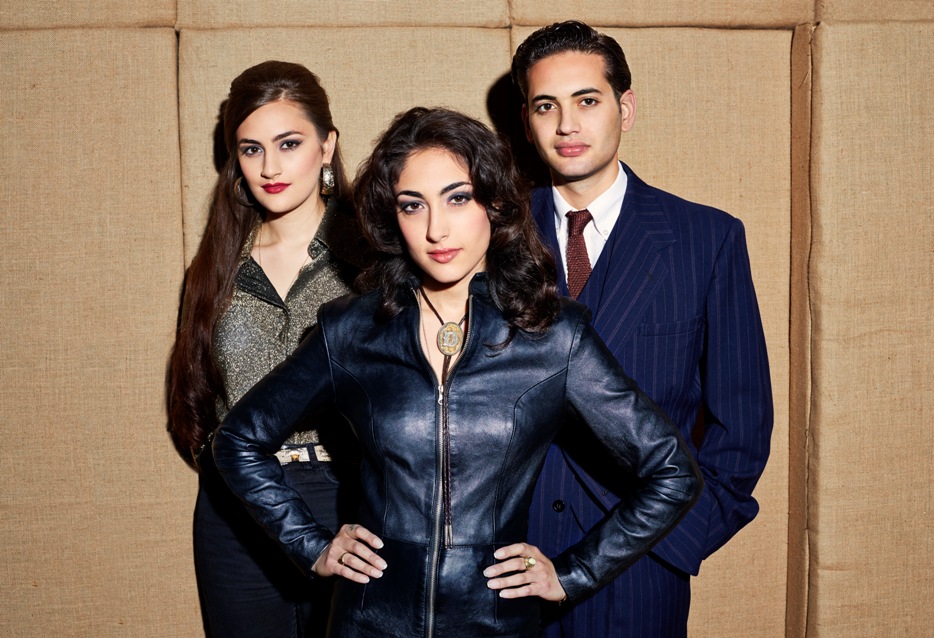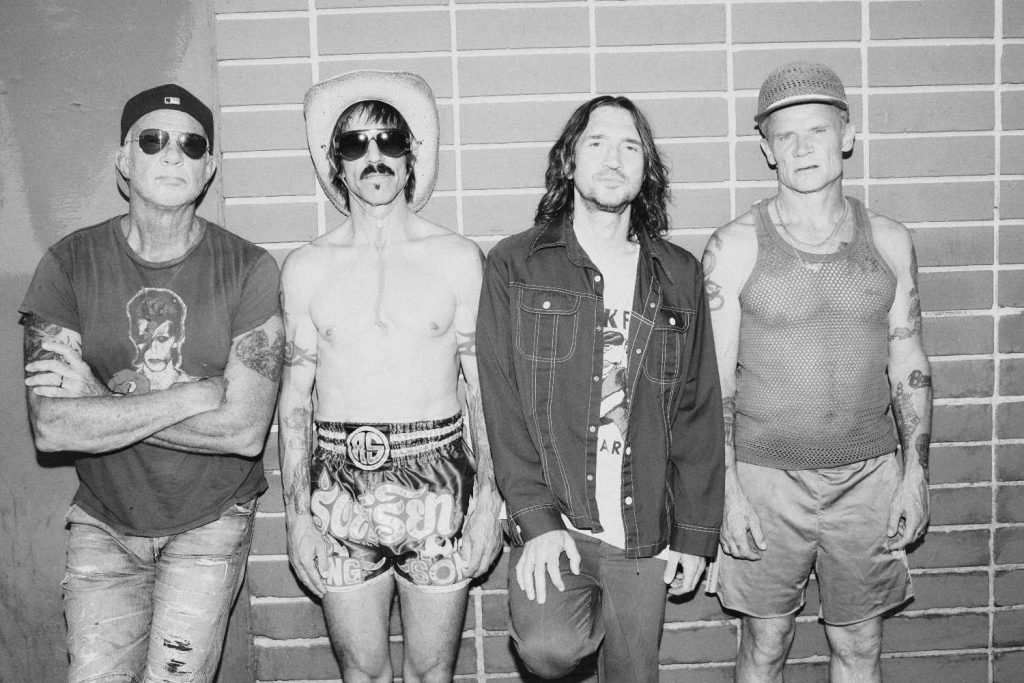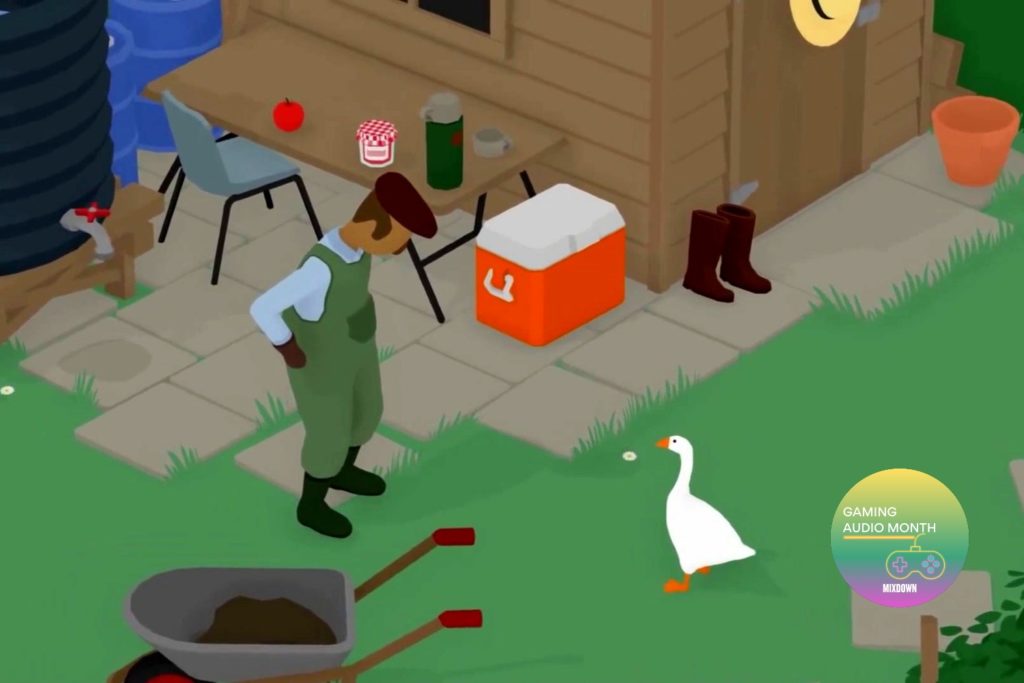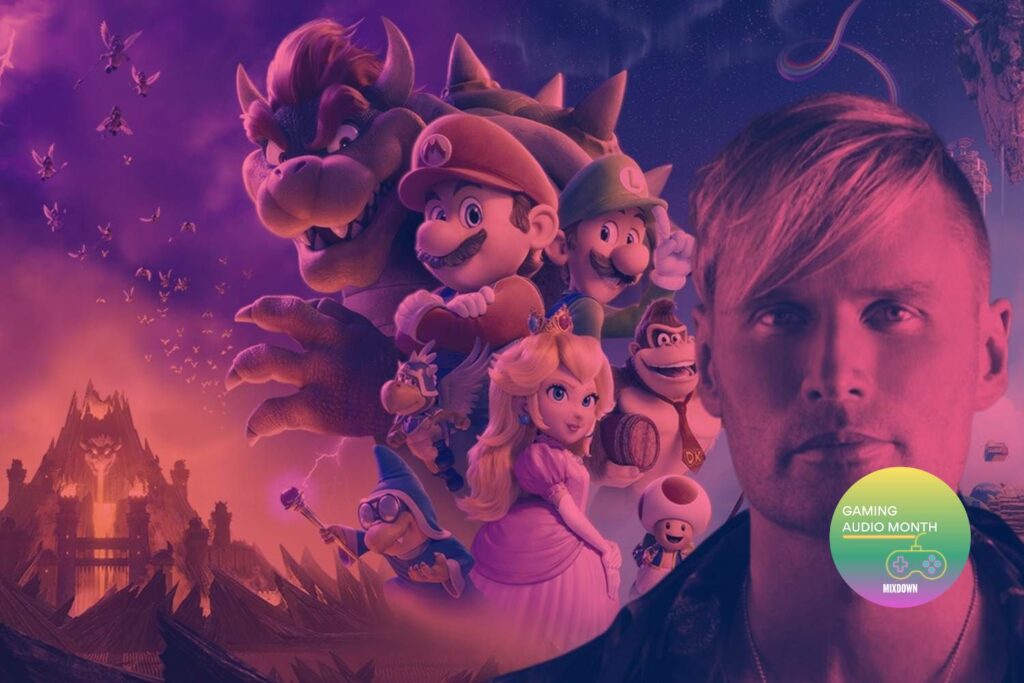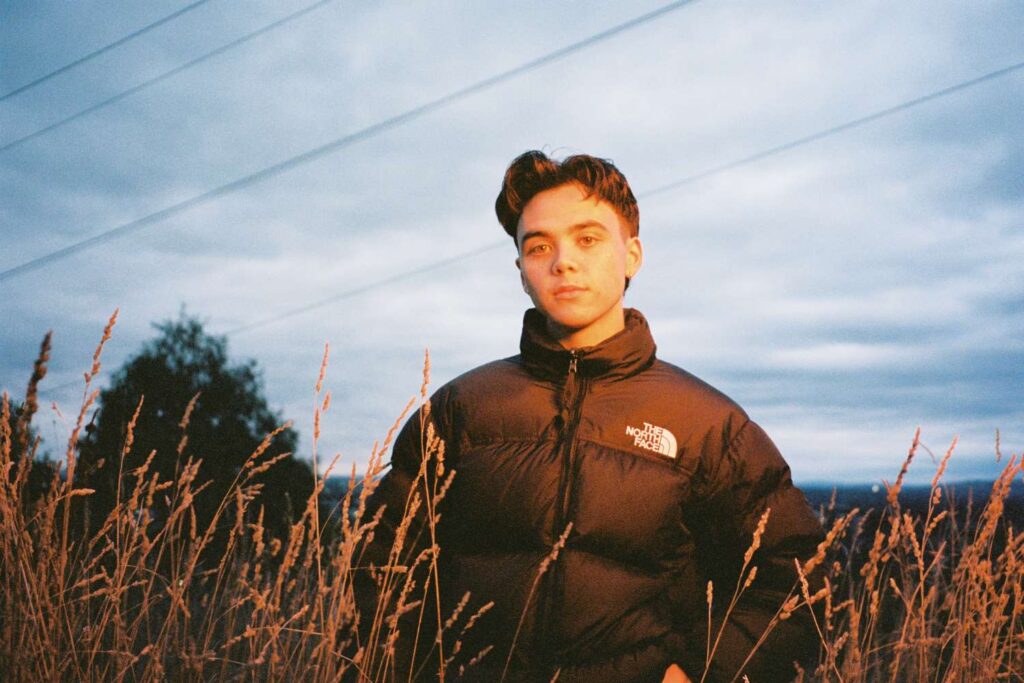“We’d known Mick Jones for quite some years,” he says. “I knew him around from various clubs and things and we had a lot of mutual friends. We’d actually played a gig with him; he used to run his own night and he booked us once. Then we saw him at the Notting Hill Carnival – we couldn’t really find a producer, we were just going to go ahead with it anyway and just record – and said to him ‘Do you want to sit down and listen to some tunes and see what you think?’ And he came down and he was really excited.”
From here, Jones jumped in headfirst: “He ended up coming every week, four times a week, with his guitar and he wanted to learn the songs,” Durham says. “We were just rehearsing solidly for about five months. He’d come round and learn the songs – that really was a big part of the production. The fact that we did so much rehearsing meant that, by the end of it, we knew the songs inside out before getting into the studio.
“When we got into the studio,” he continues, “his idea was to capture what we were doing in rehearsals – to capture that energy. Once we’d got that, we then worked on it to finish them up and layer some more stuff onto them.”
This isn’t Jones’ first stab at record production. In fact, he co-produced The Clash’s classic double album London Calling as well as the majority of releases from his post-Clash project Big Audio Dynamite. More recently, Jones took charge of both albums by The Libertines; 2002’s Up the Bracket and 2004’s selftitled effort.
It’s hard to think of anything tougher than taming Pete Doherty during his drug-fuelled heyday. However Lewis and his two sisters are a particularly tight unit. Sibling relationships are often difficult to penetrate, and meddling with that unique synergy can get ugly. But, even though he was only a casual acquaintance prior to the album production, Jones comfortably settled into the family.
“It was just like having a friend over really,” Durham says. “He’d turn up and you’d go ‘Hi Mick,’ have a cup of tea, talk a load of bollocks and then play music. It was great. It wasn’t like working, or him-versus-us. We were just like really good friends and we still are now. Even though the record’s done, he still turns up at my doorstep, comes in to have a cup of tea and chill out.
“I think if you’re not working with friends then it can become a bit stressful,” he adds “We’re lucky because we’ve never had to work with people who aren’t really part of the family. He was really perfect – what he did for us, it was great.”
So what has Jones’ presence brought to the record? Although The Clash started out as a snarly punk band, that’s certainly not where they stayed. In actuality, The Clash are one the 20th Century’s most nimbly diverse rock bands, traversing rock, pop, reggae, dub, rockabilly, R&B, jazz, calypso and even nascent hiphop in a ten year recording career. The two previous Kitty, Daisy & Lewis records illustrate the trio’s knack for adapting pre-‘60s forms of rock’n’roll. The same can be said about The Third, but this time around they’ve also harnessed a tidier pop aesthetic.
“We tried to make it a little bit more polished,” Durham says. “It was just something we wanted to do. We’ve always been fans of pop music. I think a lot of people assume we just listen to old rock’n’roll and stuff, but that’s not the case. We grew up listening to a lot of different kinds of music. Especially in Britain, there’s a lot of music coming together from different cultures. It was a half-conscious decision, but I think it was a natural progression musically.”
